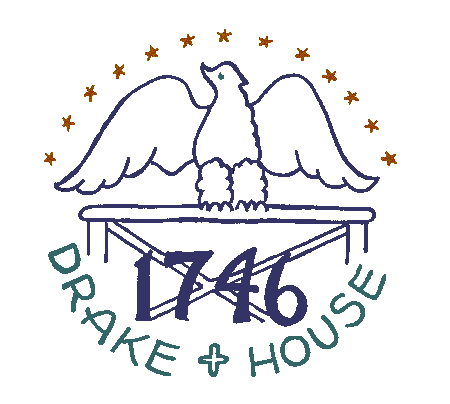 |
|||||||||||||||||
|
|
|||||||||||||||||
|
|
|||||||||||||||||
 |
||||
IN JERSEY CITY, NOT ONLY WERE THERE RIOTS, but the anti-abolition feeling grew so strong that the churches refused to permit anyone to speak from their pulpits against slavery or to condemn Congress
for passing the harsh Fugitive Slave Law of 1850. Later the abolitionists grew in number, and in 1857 the Congregationalists organized a church society were free speech was encouraged. Out of this society came the
Tabernacle, the most popular church in Jersey City during the Civil War. In southwestern New Jersey, among the numerous Quakers, freeing the slaves was much more popular, but even at Salem and Woodbury drunkards and
hoodlums harried the abolitionists. As late as 1860 an abolitionist was driven out of Haddonfield. On the other hand, the enemies of slavery were more active. At Swedesboro a group of Negroes wrecked a tavern where
slave-catchers had brought a captured salve. At Burlington, in a Negro church, a colored man suspected of being a spy was set up and stabbed. In two instances on record slave-catchers were either wounded or killed.
One dark winter morning, citizens of Salem were awakened by the terrible cries of eight Negroes, naked and chained in a wagon that was carrying them back to slavery. People stopped the wagon and took the slave and their
captor before the magistrate, who decided to hold the slave-catcher and free the slaves. The man drew a gun and rushed at the magistrate, only to be blocked. Trapped and wild with anger, he spun about, pulled out his
dagger and lunged at the sheriff. A chair flew at his head but missed. He was finally overpowered and jailed. One of the most appealing fugitives aided by the Quakers was Sidney Still, a young Negro woman. Sidney and
her husband, Levin, were slaves in Maryland under different masters. Levin worked hard, bought his freedom and about 1810 went north to New Jersey. Sidney Still vowed that she and her children would be free too. Seizing
the first opportunity, they fled one night and traveled north, guided by the North Star. In the daytime they hid in the woods, in tall grass or in fields of grain, living on whatever they could find along the way. At
last they reached an Underground station near Smyrna, Delaware. In the dark of night the fugitives were put on a boat that carried a blue light above a yellow light as identification. Out in the middle of Delaware
Bay, the runaways were transferred to a New Jersey boat, lighted the same way. They finally reached a settlement of Negroes in a swamp district bordered by the farms of Quakers and other sympathizers. Today this
Neighborhood is the Negro community of Springtown, about a mile from Greenwich. Among friends, Sidney Still found work and supported her family, but this freedom did not last long. Slave catchers were on her trail,
and Sidney and the children were taken back to their master. She was locked in her room at night for many weeks, until her happy singing and apparent contentment convinced her master that she had lost all desire for
freedom. No sooner was the room left open than Sidney escaped again with her two little girls and by way of the Underground Railroad reached her husband at Mount Holly. In later years the Stills had many children . One
son, William Still, wrote a well-known book on the Underground Railroad. One of the early and most active white workers on the Railroad was Abigail Goodwin (1793-1967), who denied herself proper clothing so that she
might have money with which to help the fugitives. Her entire adult life was spent working for the Negroes. Another early worker on the Underground was the Reverend Thomas Clement Oliver, a Negro. In his youth Oliver
helped to establish the routes that were used as long as the Underground lasted, and later he served as a conductor on both the Salem and Camden routes. His later years were spent in Canada among the Negroes, many of
whom he had led to freedom. There were other New Jersey Negroes who gave their time and energy to the Underground Railroad. From the very start free Negroes had always harbored and assisted the fugitives of their
race. Springtown was a haven for runways, and after 1840 the settlement at Lawnside near Haddonfield became a popular refuge. There was also a small Negro settlement called Macedonia, not far from Shrewsbury, where
fellow slaves were sheltered. Most of the fugitives, however, traveled farther north. |
||||
Contents of any advertisements associated with this page are NOT endorsed in any way by |
||||